(44456 products available)
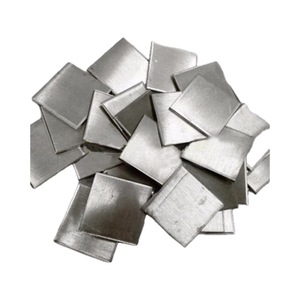







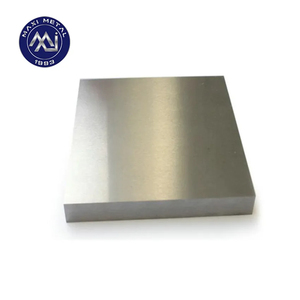
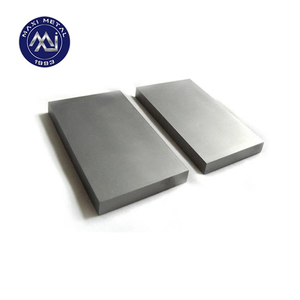
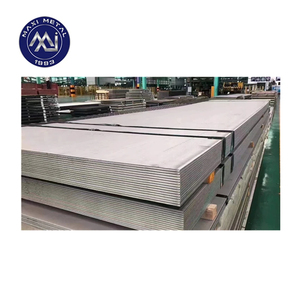
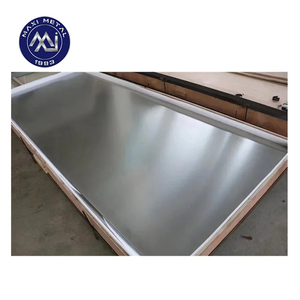

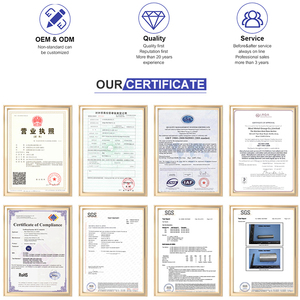












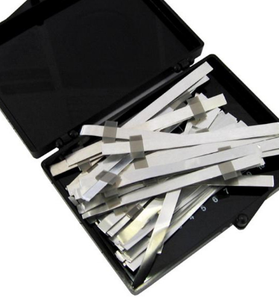


















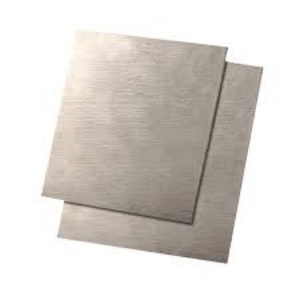
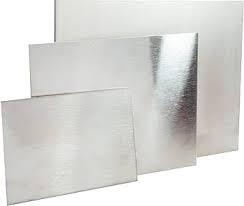






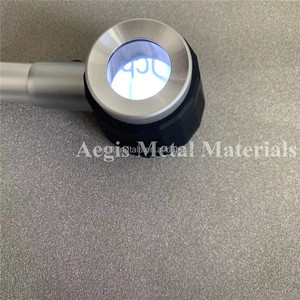

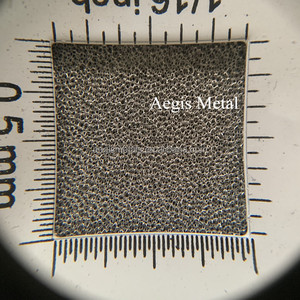
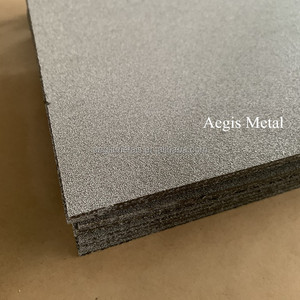












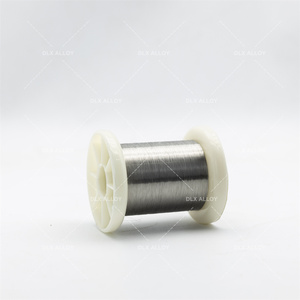


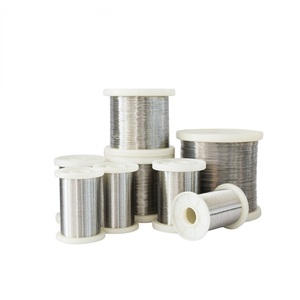
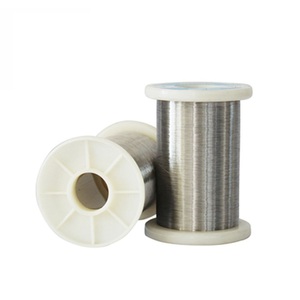
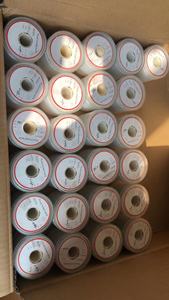


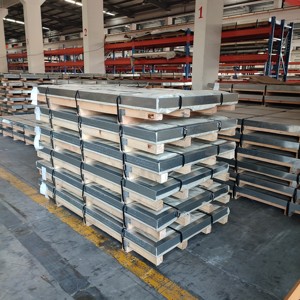
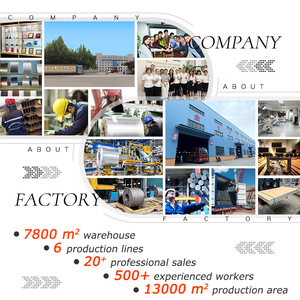

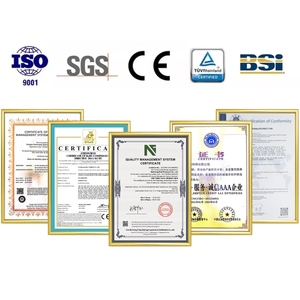

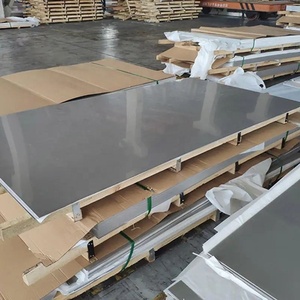
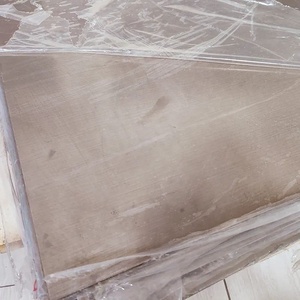

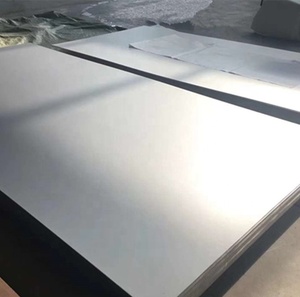



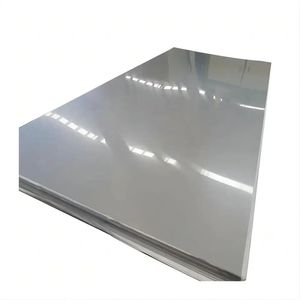



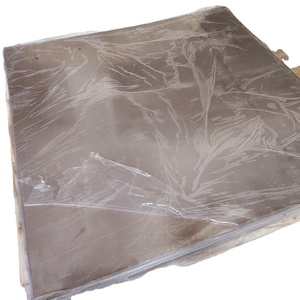


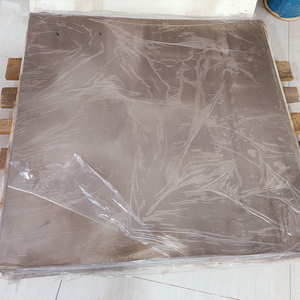


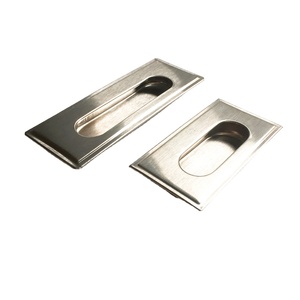

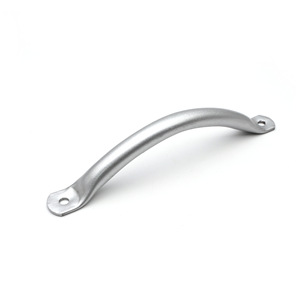
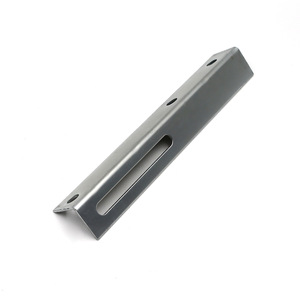
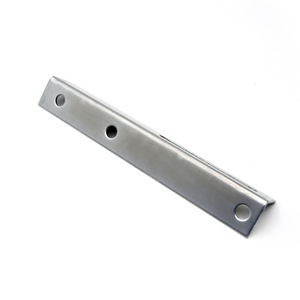

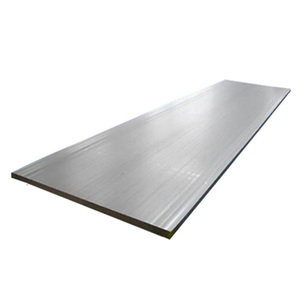


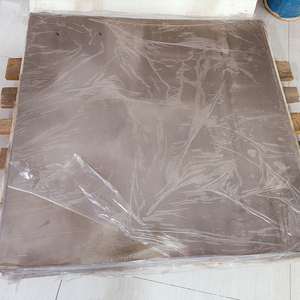

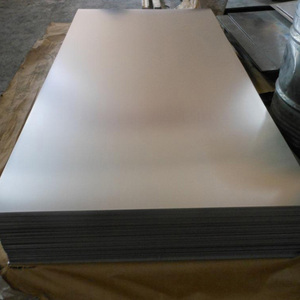

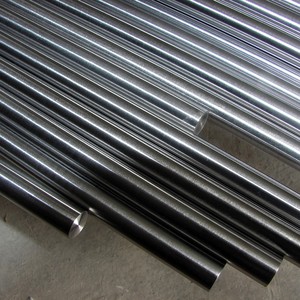
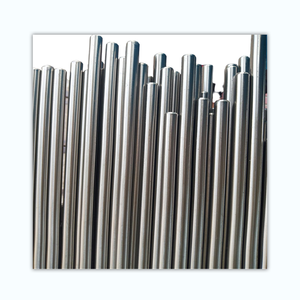















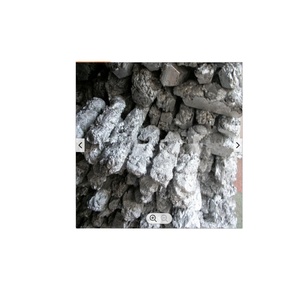
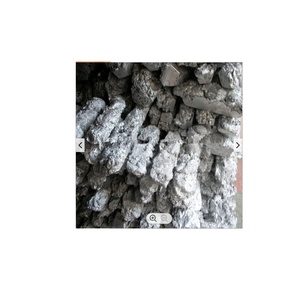
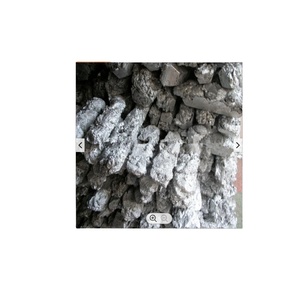
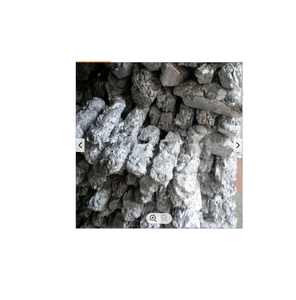
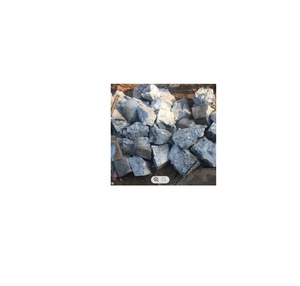

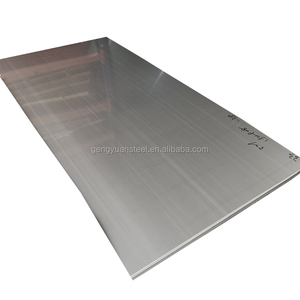
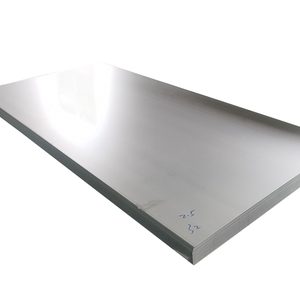










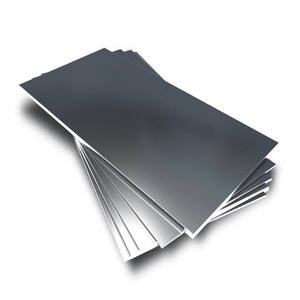

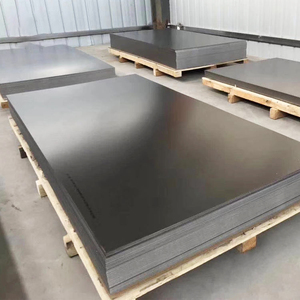
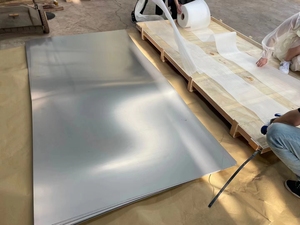
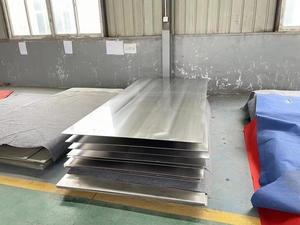

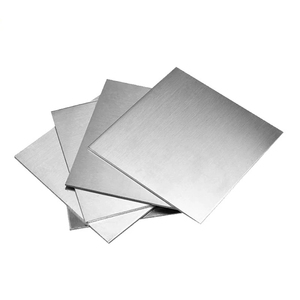



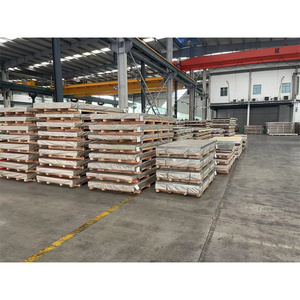
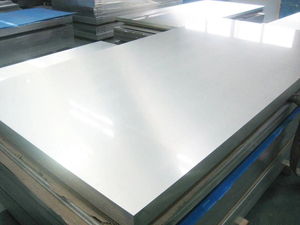


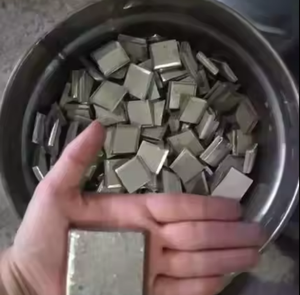















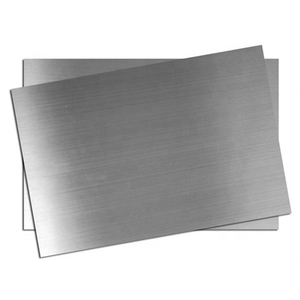

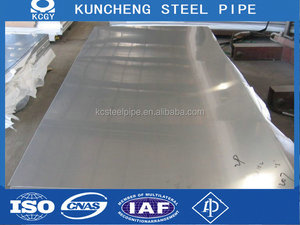
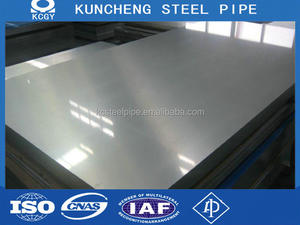

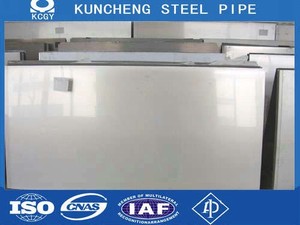






Solid Nickel Anodes
The most straightforward type is the nickel anode, a solid nickel anode. These are simply solid metal blocks or bars made from pure nickel or a nickel alloy. They are widely used in electroplating and are perfect for providing a stable and consistent nickel deposition. In industries where thick coatings are required, solid anodes are needed; these include automotive, aerospace, and heavy machinery.
Nickel Alloys Anodes
These types of anodes are made from nickel alloys, which include other metals like cobalt, copper, or chromium. Cobalt anodes are used primarily in electroplating baths. They provide better anode dissolution control than pure nickel anodes. These include the aerospace and aviation industries where corrosion resistance is crucial to ensure long-life soldering material. Copper nickel anodes are used in electroplating baths. They are used for depositing copper-nickel alloys, which are commonly used in marine applications due to their resistance to corrosion. These are used in marine, underwater construction, and oil and gas exploration.
Perforated Nickel Anodes
The perforated nickel anodes have holes or patterns made into them. This is done to increase their surface area. Their increased surface area helps them dissolve more efficiently during the electroplating process. These anodes are often used in baths where high current densities are present. These are used in industries such as electronics, where thick deposits are required in a short period of time. They are also used in telecommunications and microchip manufacturing.
Supplied Nickel Anodes
These are nickel anodes manufactured in the form of a bundled or grouped suspension, such as a supplied anodes. They are meant to be used as a single unit. These anodes are used in mass electroplating operations where a uniform deposit across multiple workpieces is required. These are found in industries like jewelry manufacturing, where large batches of items need to be plated evenly.
Nickel Anodes with Additives
To improve their performance, the anodes have additives such as carbon, rare earth elements, or organic compounds added to them. This is done to enhance the properties of the deposited layer. Carbon nickel anodes have carbon particles embedded in them. They improve the anode’s electrical conductivity and help reduce the dissolution rate. These are mainly used in battery production, where nickel deposits need to be dense and uniform. Nickel anodes containing rare earth elements are used to improve the deposited nickel’s grain structure and increase its resistance to corrosion. These are used in the production of electric vehicle batteries and high-performance aerospace components. Organic compound anodes help deposit nickel containing inhibitors for corrosion and oxidation. They are used in industries where plating needs to be done with bad chemicals and high resistance demanded.
High Corrosion Resistance
One feature of nickel anodes is that they have high resistance to corrosion. This allows them to maintain structural integrity and functionality in the harsh electrolytic environment. Electroplating with nickel anodes provides a protective coating that effectively shields metal surfaces from moisture and chemical agents. This is especially critical in marine, chemical processing, and outdoor construction environments. Another feature is that they are cost-effective. Since nickel is abundant and its anodes are easily produced, these anodes are more affordable than other precious metal anodes. They offer a highly efficient electroplating solution that requires lower operating costs.
Uniform Current Distribution
Nickel anodes are designed to ensure even current flow throughout the plating bath. This leads to a consistent deposition rate across the items being plated. The result is an uniform coating that eliminates weak spots or areas of over-plating or under-plating on the workpieces. This is especially important in industries where coating thickness needs to be tightly regulated, such as aerospace or electronics.
High Mechanical Strength
Nickel anodes possess mechanical strength which makes them durable and long-lasting. They withstand the wear and tear that occurs during heavy industrial operations. One feature that makes nickel anodes suitable for high-volume production is their prolonged longevity. This means they require less frequent replacements. This results in reduced operational downtime. Another important feature is their ability to deposit high-quality coatings. Nickel anodes release pure nickel ions into the electroplating solution. This ensures that the deposited layer is free from impurities. These impurities may weaken the coating or cause this phenomenon known as 'Black Spot.' Depositing quality coatings means these anodes are used in industries that demand high standards of coating performance, such as electronics, automotive, and aerospace.
Electroplating in the Automotive Industry
Nickel anodes are widely used to electroplating automobile parts, which enhance their resistance to corrosion and wear. They improve the durability and appearance of plated components. To achieve this, electroplating deposits nickel from the plating bath onto vehicle parts such as bumpers, trim pieces, and wheels. This provides a long-lasting protective coating that will resist rust and corrosion. Nickel anodes maintain the deposition rate so that coatings will be uniform, especially in complex part shapes. This ensures every nook and cranny receives equal plating. It results in a more aesthetically pleasing finish and improved overall product quality.
Aerospace Components
The aerospace industry relies on electroplating to render lightweight components with enhanced strength and resistance to extreme environmental conditions. Nickel anodes are used to deposit a layer of nickel onto critical parts like aircraft engines, landing gear, and compressor blades. They improve resistance to oxidation, corrosion, and fatigue. The aerospace industry offers complex plating requirements, especially for parts exposed to high temperatures and pressures. Nickel anodes ensure these deposited coatings are thicker in some areas but remain smooth and seamless in others. This adds strength without incremental weight. Plus, electroplating with nickel creates a smooth surface that reduces friction and extends the lifespan of these aerospace components.
Electroplating Electronics
Nickel anodes are critical in electronics to create tight coatings of nickel-copper-nickel or nickel-phosphorus on circuit boards, connectors, and other electronic components. These coatings provide excellent corrosion resistance and optimal electrical conductivity. These electroplating anodes deposit nickel ions onto component surfaces to create a uniform coating essential for circuit board functionality. Uneven thickness can interrupt electrical pathways causing board failure. In electronics, thickness control will ensure the coatings protect against moisture and oxidation without interfering with signal transmission. Their smooth finish improves conductivity and reduces power loss. They also serve as a barrier to prevent golden coating from diffusing into copper wiring. This makes them essential in plating methods like electroless plating and immersion plating, where the nickel anode dissolves to release ions as the plating process occurs.
Jewelry and Decorative Plating
In jewelry and decorative applications, nickel anodes are used to deposit a thin, attractive coating of nickel onto base metal or less valuable materials. This enhances appearance and prevents tarnishing. Here, electroplating deposits nickel onto costume jewelry, watches, and decorative hardware. This offers the shine of sterling silver or white gold at a fraction of the cost. In decorative plating, nickel anodes ensure deposited coatings are smooth, uniform, and free of pores that lead to tarnishing or oxidation over time. It gives beautiful finishes that will protect underlying metals. These applications require cost-effective, fast electroplating at high volumes. Since nickel anodes are affordable and practical, they make them ideal for plating large batches of items for these industries.
Nickel Purity
Nickility ensures electroplating processes are smooth and achieve the desired quality. Choose anodes with high-purity nickel and low impurity concentration as much as possible. This controls the deposition rate and ensures corrosion-resistant coatings. It also prevents poor quality plating.
Nickel Anode Form
Nickel anodes exist in various forms, like solid bars, perforated, and impeller. Each form suits a particular electroplating setup. For instance, perforated anodes increase surface area and improve electrolyte contact. Selecting the anode form improves plating uniformity and efficiency.
Alloy Composition
Nickel anodes are made from different compositions to enhance electroplating. Some anodes may contain additives, such as cobalt, that improve their dissolution rates and coat the deposited layer's thickness. Others may contain copper for efficient energy transfer. Choose anodes with compositions that suit the electroplating applications.
Bath Compatibility
Nickel anodes dissolve into the electrolyte solution to release nickel ions during electroplating. Make sure the anode and plating bath compatible are compatible to ensure smooth dissolution and avoid reactions that will decrease ionic concentration or electrolyte stability. This will ensure deposited coatings are of good quality.
Nickel Anode Size
Nickel anodes should be made in sizes that offer good surface area and sufficient volume for industrial electroplating processes. Larger anodes provide high metal deposits in large-election baths. Smaller anodes suit small-scale electroplating. Choose bath size to determine the suitable anode size.
A1: Anodes are generally constructed from insoluble materials such as titanium, stainless steel, graphite, or platinum-coated substrates. These materials resist corrosion and wear to ensure the anode lasts the entire plating process. They have a high electrical conductivity that allows them to carry current efficiently into the bath to deposit the plated metal onto the workpiece. Anodes are designed into shapes and configurations that maximize their surface area. This improves contact with electrolyte solutions and deposition rates. Some nickel anodes possess perforations and other features to increase their surface area.
A2: The anode is the positive electrode in electroplating. During electroplating, an electric current flows through the electrolyte solution between the anodes and cathodes. The anode releases metal ions into the bath, while the cathode is the negative electrode where the metal deposits onto the workpiece. This process is driven by electric forces that move ions from the anode to the cathode. Anodes dissolve continuously to replenish ionic concentrations and ensure a smooth plating process.
A3: Coating quality affects durability. The harder and thicker the coating, the better it resists wear, tear, and corrosion. This is achieved when nickel anodes dissolve evenly to deposit coatings that are uniform in thickness. Anodes that release uneven nickel amounts lead to weak or over-plated areas that cannot withstand harsh conditions. Current density during plating affects coating quality and speed. High densities deposit metals fast, putting stress on the coating that may cause cracking or peeling. Low densities create better-quality deposits; these are suitable for high-volume industries. Poor electrolytes reduce durability. Contaminated or improperly balanced electrolytes reduce anodes dissolution and deposition rates. This affects plating speed and quality.
A4: Apart from electroplating, nickel anodes are critical in producing nickel alloys. These alloys are strong corrosion-resistant metals widely used in machinery, chemical plants, and marine industries. They also serve in batteries where they are used as an electrode in rechargeable batteries like nickel-cadmium and nickel-hydrogen batteries. They also help create electrolytic cells that isolate nickel from ores. Nickel anodes are used in manufacturing tools and parts to enhance durability and strength.